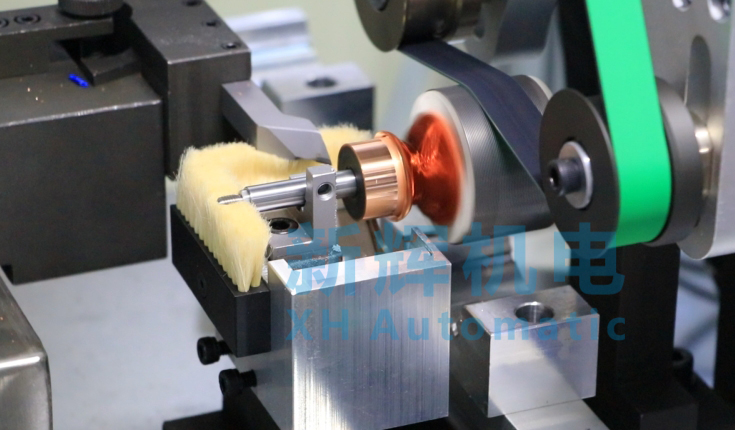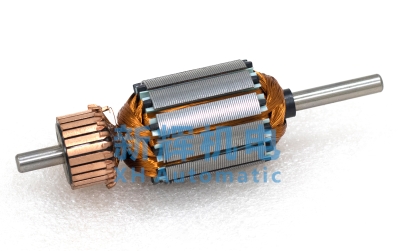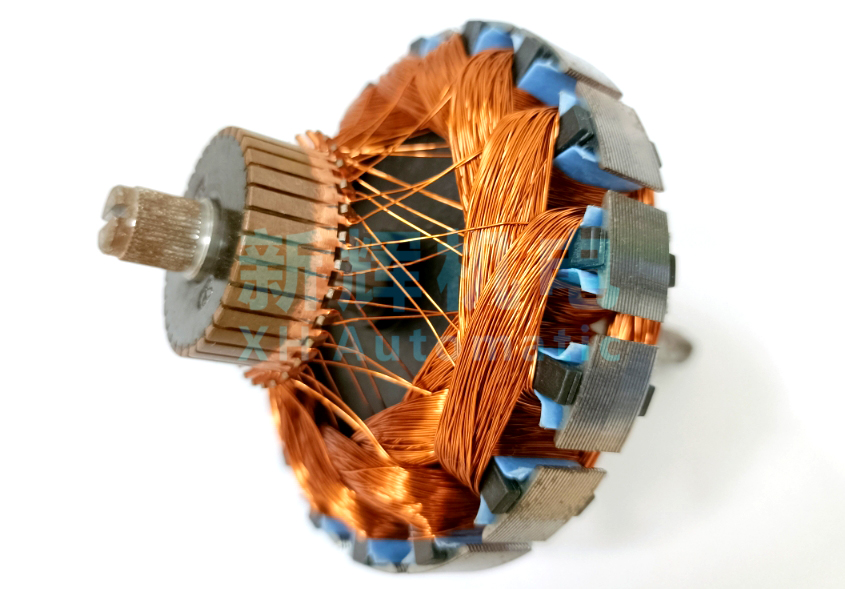What are the general design rules for armatures with bearings?
Due to rigidity and strength, aluminum alloy should not be used for large motors. When rolling bearings are used at both ends of the motor, the axial movement should not be blocked. The heat dissipation of the rotating shaft is worse than that of the stator bracket when the motor is in operation, and the temperature rises, and the thermal expansion of the rotating shaft is greater than that of the stator assembly as well as that of the bracket, and the base, and it is not able to expand freely, so generally a wave meson or a dust cover is added. Try to avoid the use of keyways of different widths (i.e., dielectric grooves) on the shaft, and the ends of the motor shaft should be rounded off. The length of the shaft and rotor chip should not be too long, which can reduce the middle part of the shaft center. Structures with rolling bearings should not cause axial turbulence in the motor rotor. The bearings are equipped with fluctuating mesons, the sliding bearings at the front of the rotor are bent, the front part of the dust removal cover should not be bent, and the front end is constructed with E mesons, the bit control is very small, and is generally chosen to be 0.10.4mm.

Fixed motor, the rotor core should not be placed in the wrong position, misalignment is unfavorable, misalignment is equivalent to a reduction in the effective area of the air gap, the increase in excitation current, the power factor decreases, the stator current is large, the stator copper loss, low efficiency, temperature increases, the rotor is subjected to axial force to accelerate the wear of the bearings, which will increase the noise and vibration of the motor, affecting the motor's normal ventilation. Certain motors will run in one direction to the front end, which often grinds one end of the bearing, which is intentionally put wrong. When disassembling the bearings, the outer ring should be separated from the steel balls without force. Do not use enclosed motors with protective shells in dusty places; enclosed motors do not easily dissipate heat.
Locked rotor current is basically the current drawn by the motor at its rated voltage when the rotor remains stationary or in other words when the rotor is not rotating or spinning, therefore, when starting the motor its rotor is already stationary, which means that the starting current and the rotor blocking current should be the same. The starting current of a motor is usually about 6 times the rated current, do not start it frequently, the locked rotor current is usually 2.5 to 3 times the rated current, and the protection current needs 200% of the rated current to be interrupted. The lead wires of the motor should not be too thin, if the lead wires are too thin, they can be insulated easily, usually, the conductor current density is 46A / mm2, small motors take the larger value, large motors take the smaller value.

The friction noise of commutator and carbon brushes mainly comes from the surface of commutator is not precise enough and poor roughness difference, as well as the gap between carbon brushes and brush box is too large, which leads to the elasticity failure of carbon brushes spring, and the sparks are easy to be generated on the surface of commutator. After drying the motor, please avoid a sharp rise in temperature. When the winding is too wet, you should avoid drying it by means of electric current, and the height of the stator edge should not be higher than the inner circle of the iron core. The critical rotor speed should be more than 1.2 times or less than 0.8 times the rated speed to avoid resonance.

It is difficult to start the motor when the supply voltage of the asynchronous motor is too high or too low, the motor flux decreases, and the motor torque is proportional to the square of the voltage. When the motor load is constant, the motor current will increase, the loss will increase, the temperature rise will be intensified, and the long-term low-voltage operation may cause the motor to burn out.
Do not run the motor when the supply frequency is too low. When the supply voltage is constant, the frequency is reduced to increase the magnetic flux. Motor designs typically operate silicon steel plates in the saturation region of the magnetization curve. An increase in magnetic flux increases the excitation current, power factor decreases, motor current increases, copper losses increase, efficiency decreases, frequency decreases, and motor speed decreases. The airflow is reduced, the heat dissipation is difficult, the motor temperature rises, the power frequency decreases, the motor output decreases, and the performance decreases, the frequency can not exceed 1%.









